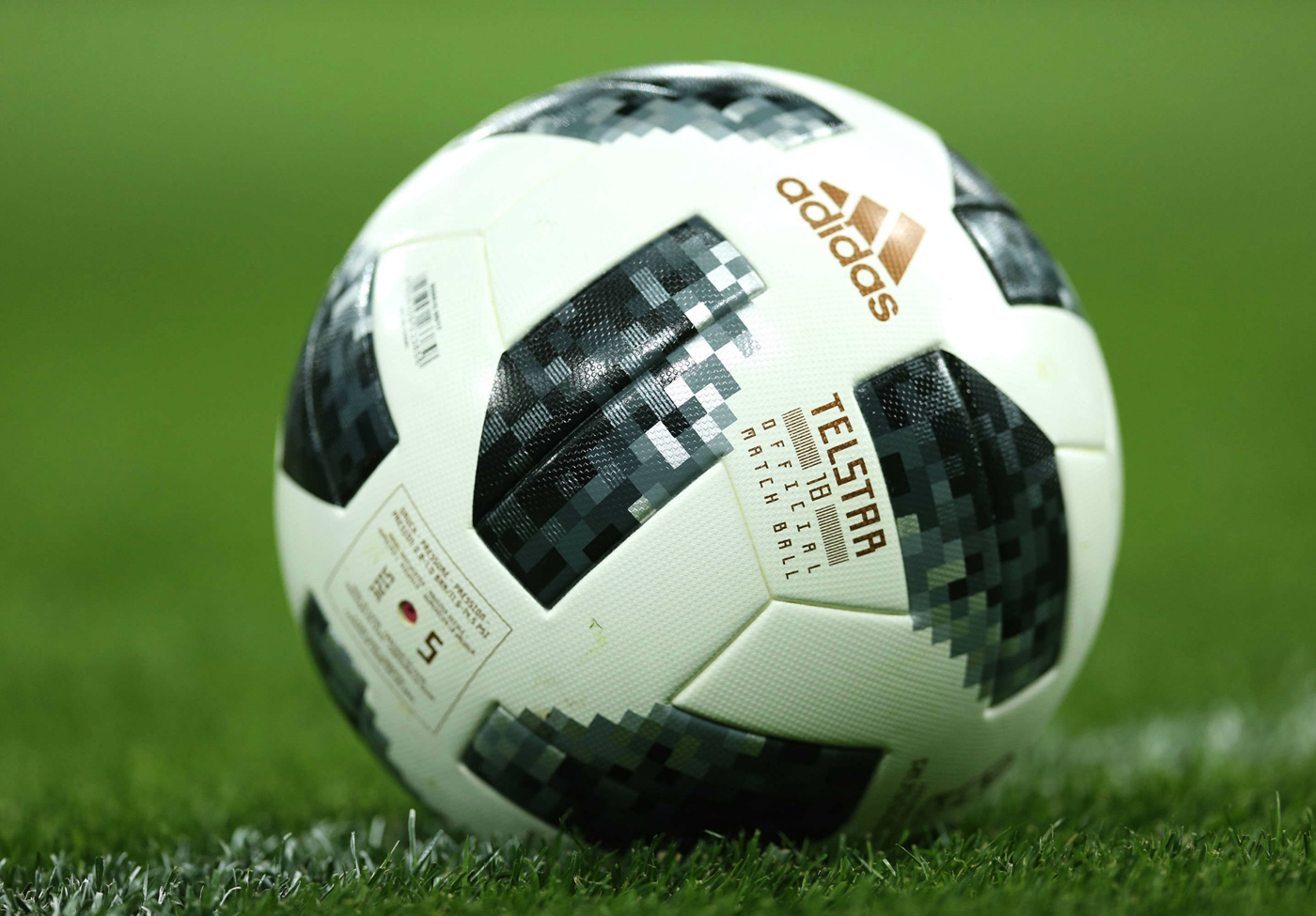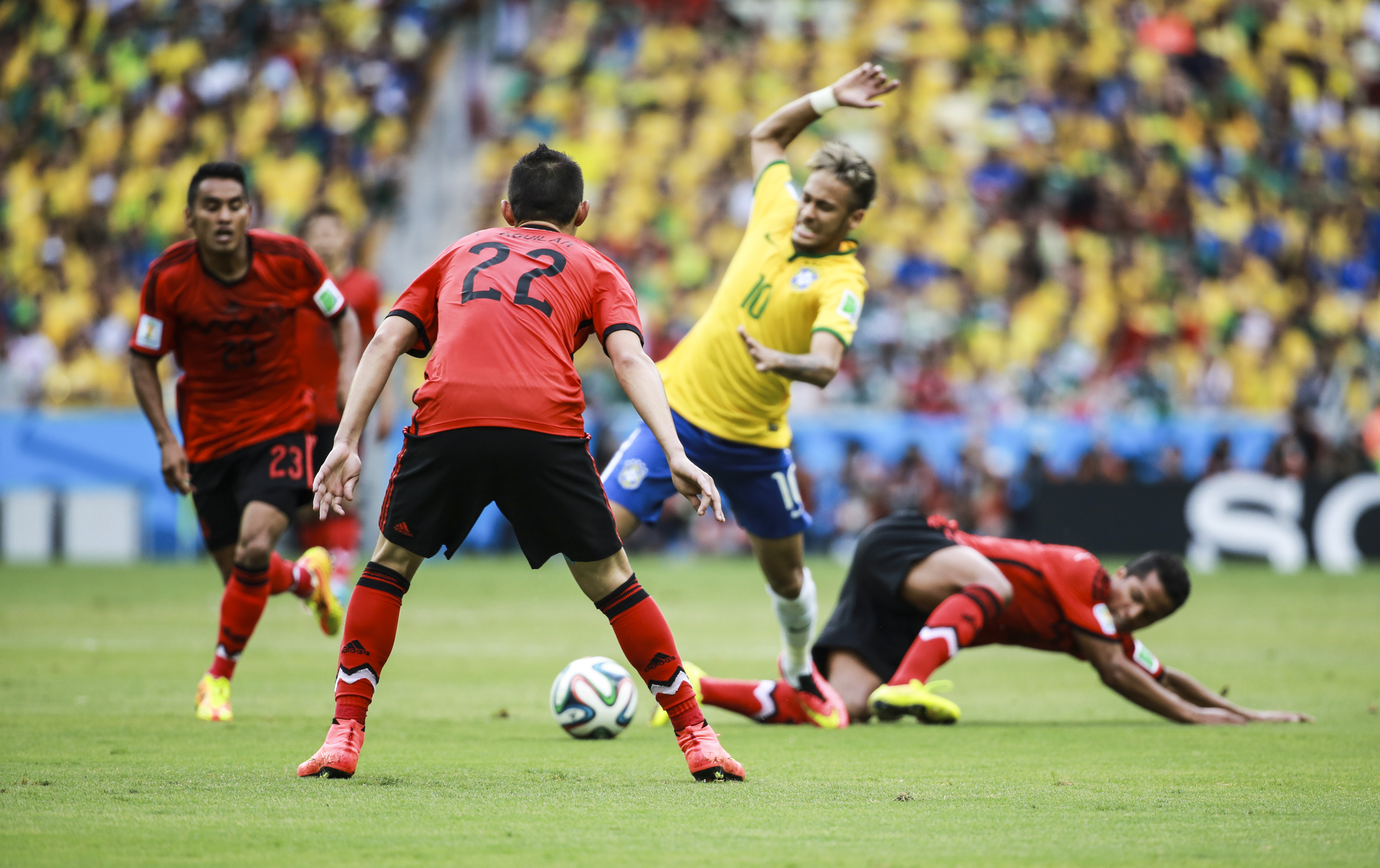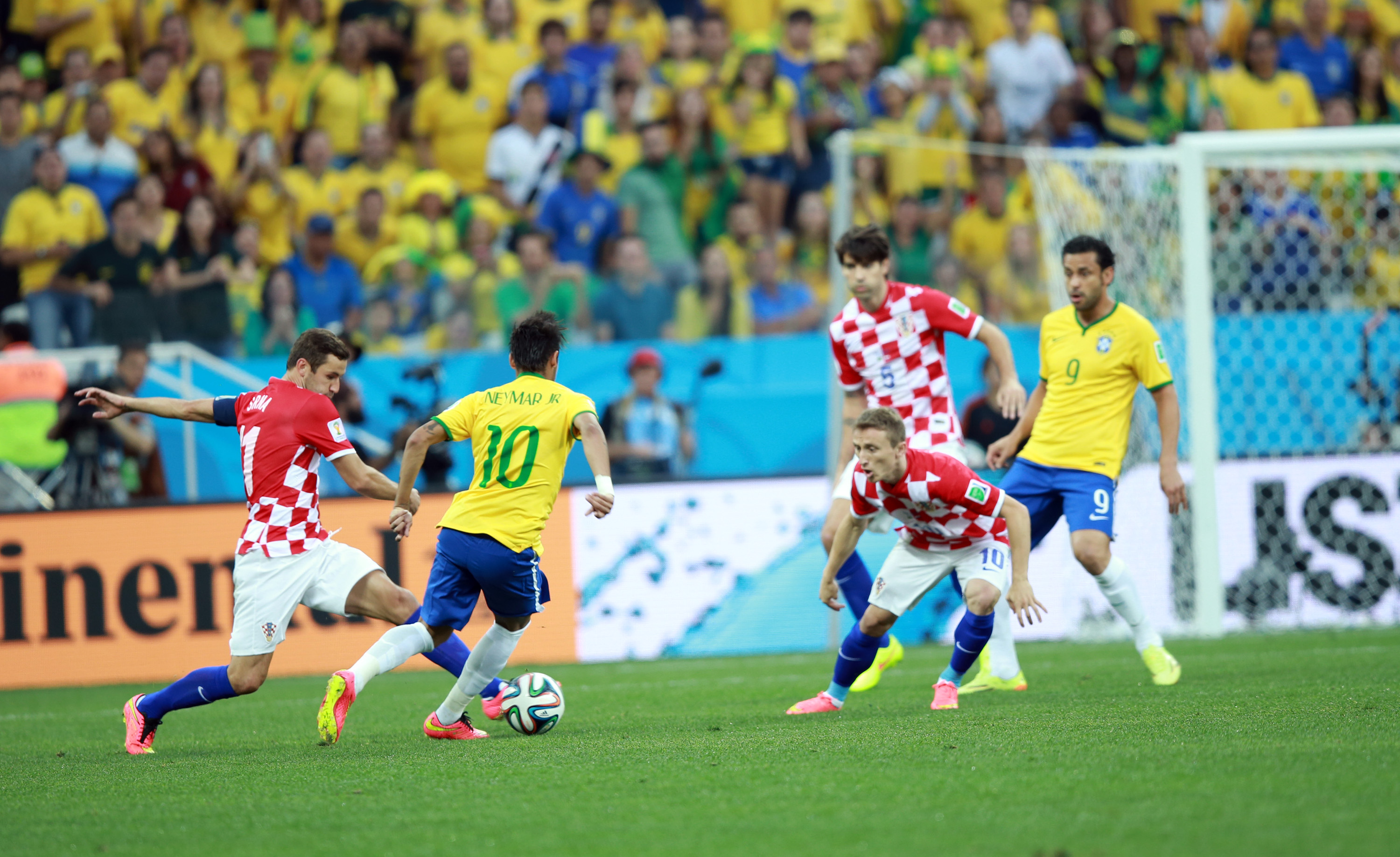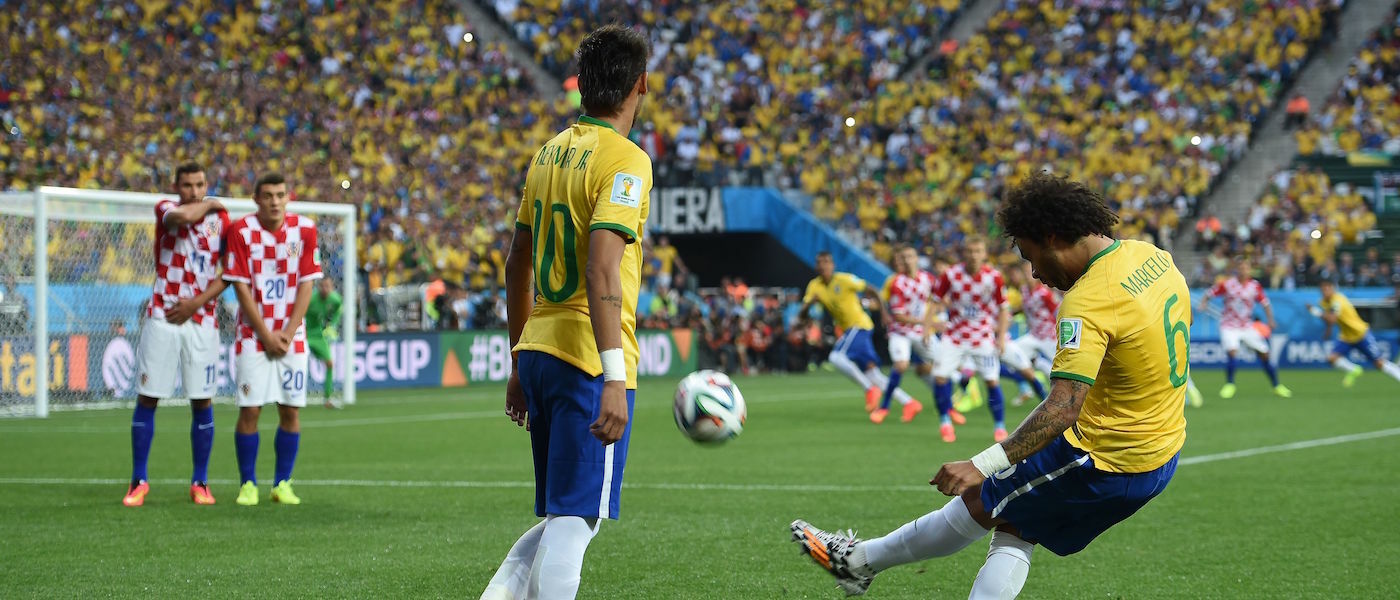3 surprising ways science plays a role in the World Cup
Soccer fans – and scientists! – are currently preparing for the biggest event in soccer, the World Cup, which will be held this year in Russia. Here are a few surprising ways that science plays a role in this major international event.
The Ball

Here at Liberty Science Center, we know the power of physics to do things like build the tall buildings in our Skyscraper exhibition, or help us see other galaxies in our Jennifer Chalsty Planetarium. Physicists working on the World Cup are equally motivated to make advancements, in this case to the soccer ball that makes the sport possible!
Adidas designed the Telstar 18 as the official ball for the 2018 World Cup. It looks like a classic soccer ball in white, black and gray, but it is anything but average in its design.
The team of physicists worked with wind tunnels and robots to perfect this ball. It exhibits much more drag than previous models, which means that it will not travel as far, but will travel on a more “stable trajectory," according to Sungchan Hong of the University of Tsukuba.
The Jerseys

Numerous studies show that certain smells, sounds, or sights can trigger a subconscious and emotional response. This idea fuels LSC’s Dream Machine, which plays sounds and emits smells based on certain moods. This same idea informs many countries' decisions in designing jerseys for this world cup, according to Iain Greenlees, a sports psychologist at University of Chichester.
For example, the color red is often associated with aggression and danger, and often causes opposing teams to be more cautious. The color white is great for teamwork, because it allows the most visibility for passing. Green is the best for defense, since the color blends in with the grass field. This small fact of neuroscience could be a game changer for a high stakes game.
The Weather

Russia, the site of this year’s competition, is so large that every game will show different weather conditions. Moscow is beautiful in June, but further North in St. Petersburg, there is a high risk for thunderstorms. Further south in Sochi, it is likely to be warmer.
With games happening all over the country, players will have to prepare for many different conditions. Luckily, the weather will not match the heat of Brazil or South Africa, where the previous two World Cups were held.
At Liberty Science Center, we love seeing the world come together for events like the World Cup! Come visit us this summer and help us to cheer on our science friends all over!
